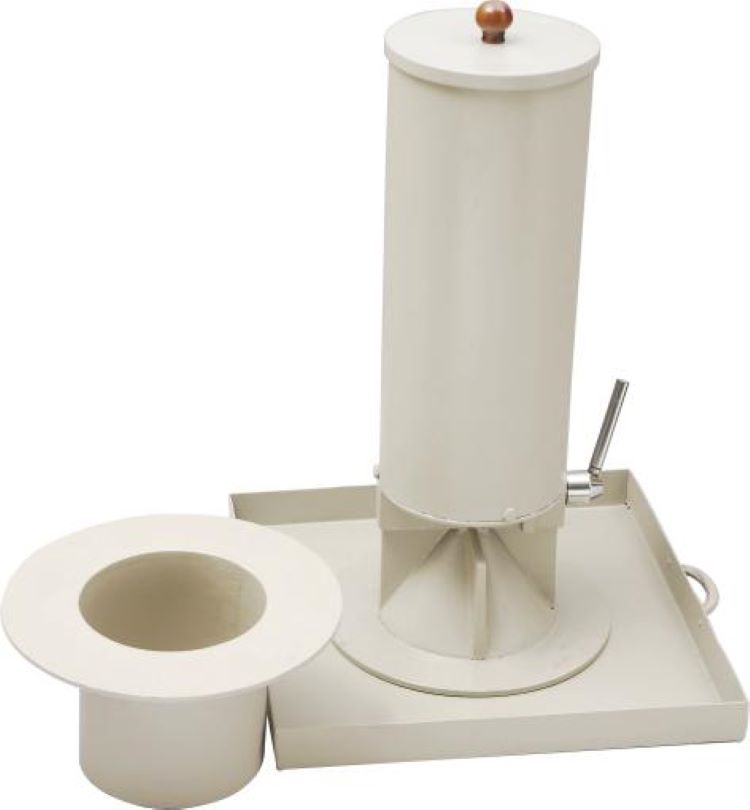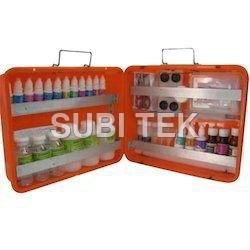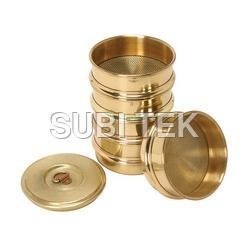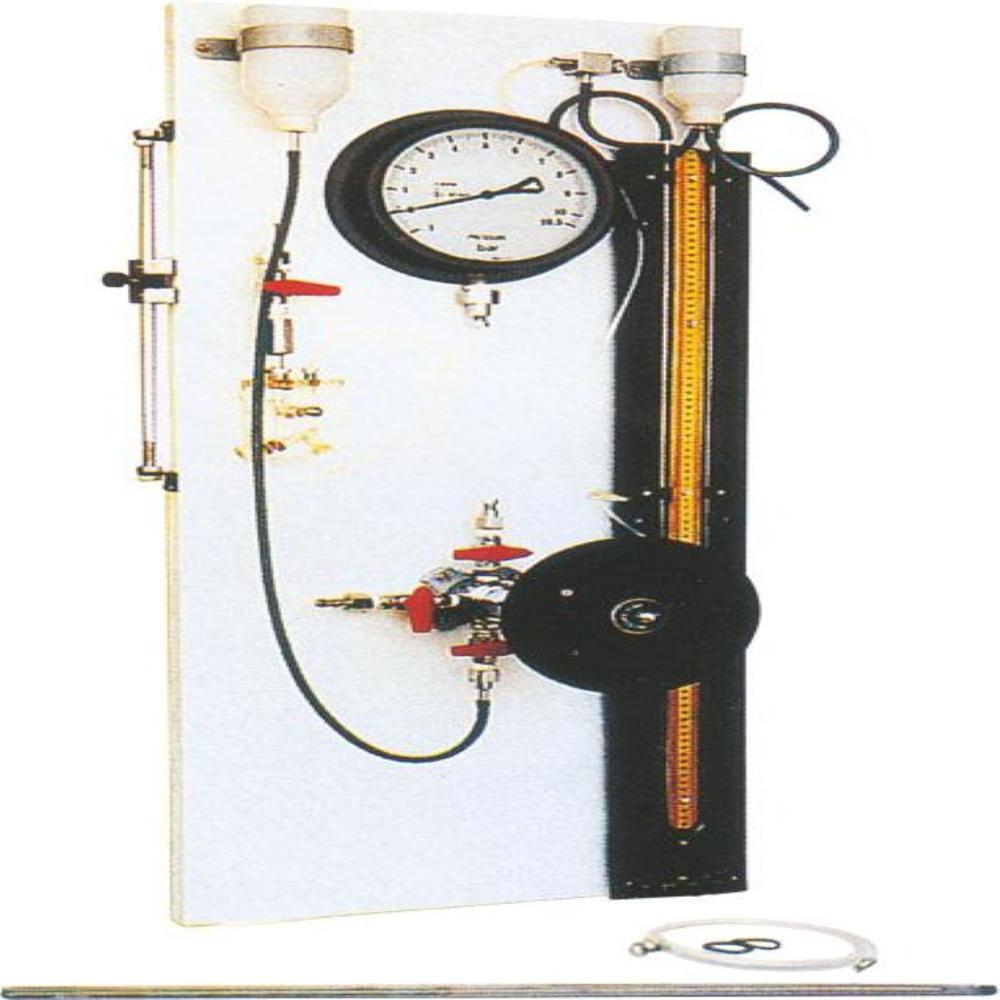Sand Pouring Cylinder - BS
8000.0 INR/Piece
Product Details:
X
Sand Pouring Cylinder - BS Price And Quantity
- 8000.0 INR/Piece
- 1 Piece
Sand Pouring Cylinder - BS Trade Information
- coimbature
- Cash Advance (CA), Cash in Advance (CID)
- 1 Piece Per Day
- 1 Days
- Yes
- cotton box
- Asia, Africa
- North India, East India, Gujarat, Karnataka, Kerala, Bihar, Chandigarh, Dadra and Nagar Haveli, Andaman and Nicobar Islands, Arunachal Pradesh, Chhattisgarh, Haryana, Himachal Pradesh, Jammu and Kashmir, Madhya Pradesh, Maharashtra, Tripura, Pondicherry, Uttar Pradesh, Uttarakhand, West Bengal, All India, South India, Central India, West India, Daman and Diu, Goa, Jharkhand, Odisha, Punjab, Assam, Delhi, Tamil Nadu, Telangana, Lakshadweep, Mizoram, Meghalaya, Manipur, Andhra Pradesh, Sikkim, Nagaland, Rajasthan
Product Description
Specification:
A sand pouring cylinder isa geotechnical tool for determining soil density in the field, consisting of a pouring cylinder, a calibration container, and a metal tray with a central hole, available in standard sizes like 100mm, 150mm, and 200mm.The pouring cylinder, typically made of cast iron, has a conical funnel and a shutter to control sand flow, while the calibration container is used to determine the bulk density of the testing sand.The dimensions and components can vary slightly between manufacturers, but all aim to provide an economical and reliable method for soil density testing, referencing standards like IS:2720 (Part XXVIII).
Key Components:
-
A large cylinder, often made of cast iron, with a conical funnel at the bottom and a shutter.
-
A smaller container, typically made of steel, with a specific diameter and depth, used to calibrate the sand.
-
A metal tray, usually square, with a central hole to align with the test pit and the pouring cylinder.
Standard Sizes (Diameter):
- Small (100mm):Used for testing fine, medium, and some coarse-grained soils.
- Medium (150mm):Suitable for soils with medium to coarse grain particles.
- Large (200mm):Designed for soils containing gravel, stones, and aggregates.
Typical Specifications for each Size (Examples):
-
- Pouring Cylinder: ~115mm internal diameter.
- Calibrating Container: ~100mm internal diameter, ~150mm deep.
- Density Tray: ~300mm x 300mm, ~40mm thick with a 100mm central hole.
-
- Pouring Cylinder: ~152mm internal diameter.
- Calibrating Container: ~150mm internal diameter, ~200mm deep.
- Density Tray: ~500mm x 500mm, ~45mm thick with a 150mm central hole.
How it Works:
- A hole is excavated in the field.
- The pouring cylinder is placed over the hole, and the shutter is opened to allow a specific amount of calibrated sand to flow into the pit.
- The sand fills the excavated hole, and the volume of the hole is measured by the volume of sand used.
- The testing sand's calibrated bulk density is determined using the calibration container.
- Using the volume of the hole and the known bulk density of the sand, the field density of the soil can be calculated.
Tell us about your requirement

Price:
Quantity
Select Unit
- 50
- 100
- 200
- 250
- 500
- 1000+
Additional detail
Mobile number
Email
Other Products in 'Soil Testing Equipment' category
We are dealing in Coimbatore, Chennai and Tamilnadu.
GST : 33AVTPM1866A3ZI
SF No. 189/1B1A, 191/3A1A1E, Sidco Private Industrial Estate, LIC Colony, Kurichi Pudhu Nagar, Kuruchi Housing, Coimbatore - 641021, Tamil Nadu, India
Phone :07313727211
|
Branch Address:
No: 15-A/24, Andavar Street, Avvai Nagar,
Choolaimedu , Chennai - 600094
 |
SUBI TEK
All Rights Reserved.(Terms of Use) Developed and Managed by Infocom Network Private Limited. |









